The ultimate 48-hour city break in Málaga
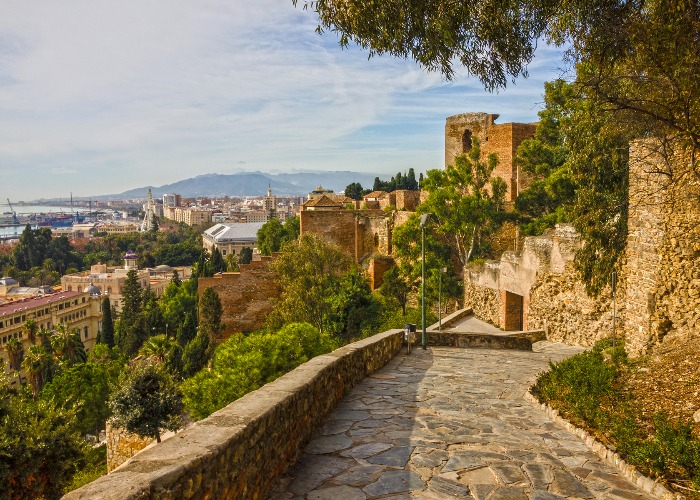
From incredible food to Moorish castles and white sandy beaches, here's why Málaga should be on your bucket list of European city breaks – and what to do here over a weekend visit.
In the past, Málaga has perhaps been overshadowed by more overtly seductive Andalucían hot spots such as grand Seville or bohemian Granada, but the warmth of this seaside fortress city will get under your skin in no time at all.
Málaga may be best known as the gateway to the resort of Marbella, but head inland where others go south, and you’ll discover an exciting historic city that’s firmly focused on the future. As a working port linking Europe with Africa, Málaga is a centre for business, so tourists rub shoulders with residents in the streets and bars and restaurants – this gives the place an authentic feel.
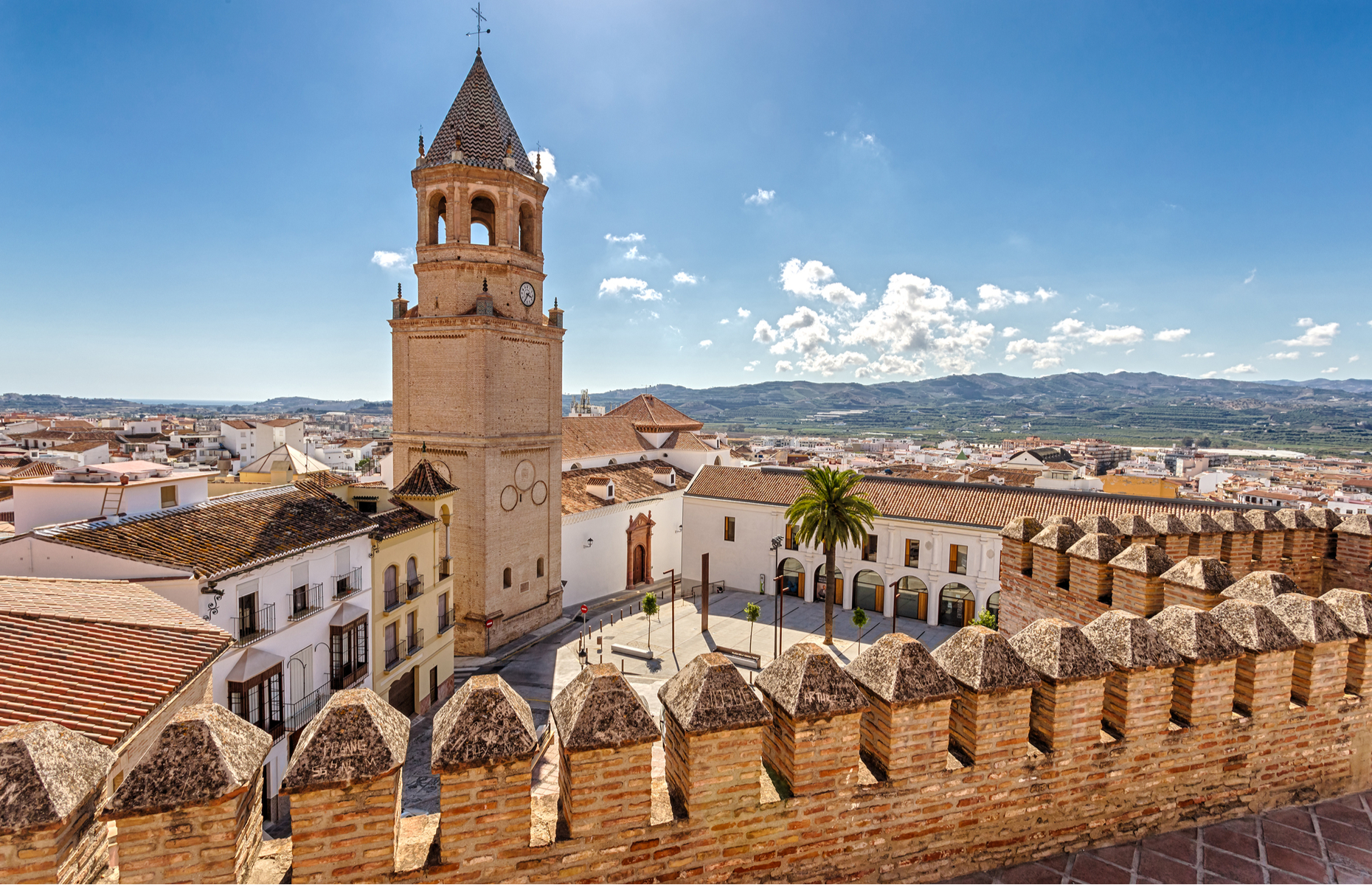 BAHDANOVICH ALENA/Shutterstock
BAHDANOVICH ALENA/Shutterstock
But it still has the wow-factor attractions to make this a destination worth visiting in and of itself, complete with an 11th-century Moorish fortress and Roman amphitheatre. This part of the world has its roots at the very dawn of human civilisation, with Neanderthal footprints and world-renowned cave art in Cueva de la Pileta found in the surrounding mountains of the province. As a strategically important landing point on mainland Europe, it would later be conquered by the aforementioned Romans, the Greeks, the Al-Andalus Moors, the Phoenicians and Visigoths – all of whom left calling cards in the landscape and the city itself.
There’s also a cool, urban side to the city that balances all that heavy history. The city has become a mecca for street art and the decaying concrete infrastructure of the Guadelmedina River bed has become the perfect blank canvas for acclaimed artists to display their work.
Art and culture have been so important to the resurrection of Málaga as a tourist destination that the city has opened an extraordinary number of museums in the last 20 years. You'll find more than 40 exhibition spaces dedicated to modern art, old cars, football, wine, the city's history and even religious processional thrones. Of course, art lovers have one enormous reason to visit – Málaga is the birthplace of Picasso (you can visit his childhood home, which is now a museum), and at the Picasso Museum you'll see some extraordinary works rarely seen outside of Spain. This year also marks the 50th anniversary of the artist's death so throughout 2023, the city will celebrate its most famous son with exhibitions and events.
READ MORE: The best new museums and galleries to visit this year (and beyond)
Once you’ve had your fill of history and culture, hit one of the many beaches that stretch along the Costa del Sol. The sparkling blue water and 320 sunny days per year practically guarantee your holiday will be blessed with good weather.
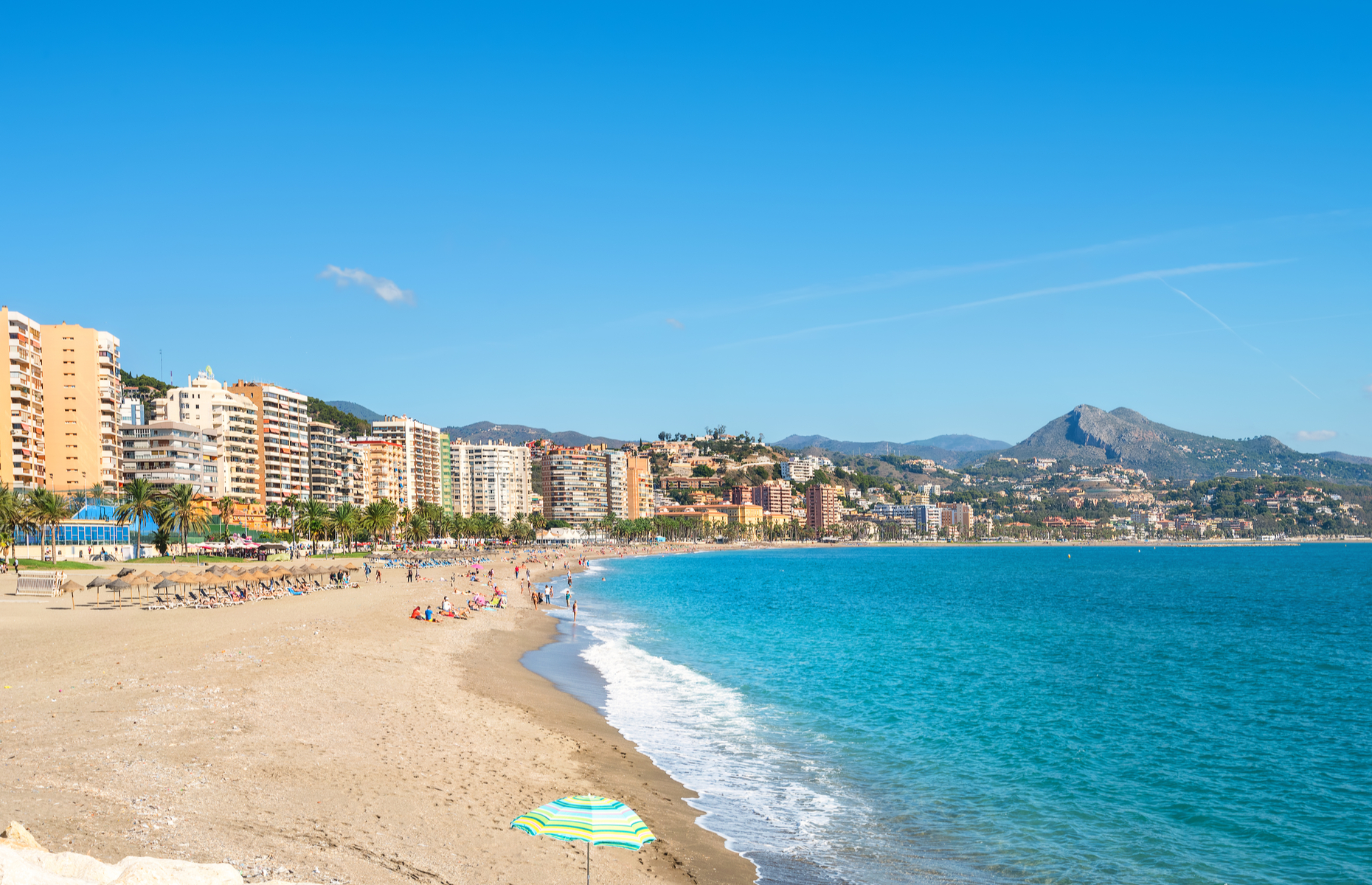 Valery Bareta/Shutterstock
Valery Bareta/Shutterstock
Here's how to best attempt to sample everything on offer with our ultimate 48-hour itinerary...
Friday
Check-in to: Barceló Málaga. While some of the older establishments are hard to reach in the pedestrianised Historico Centro, this comfortable four-star hotel is attached to Málaga’s main train station, with a high-speed connection from the airport for just a couple of Euros.
Including a corridor that overlooks the platforms, it’s the fun-filled touches that set Barceló Málaga apart from other hotels. Guests are highly encouraged to make full use of the slide from the breakfast room to the lobby and to check out the sleek bar and rooftop pool, perfect for much-needed downtime in between sightseeing.
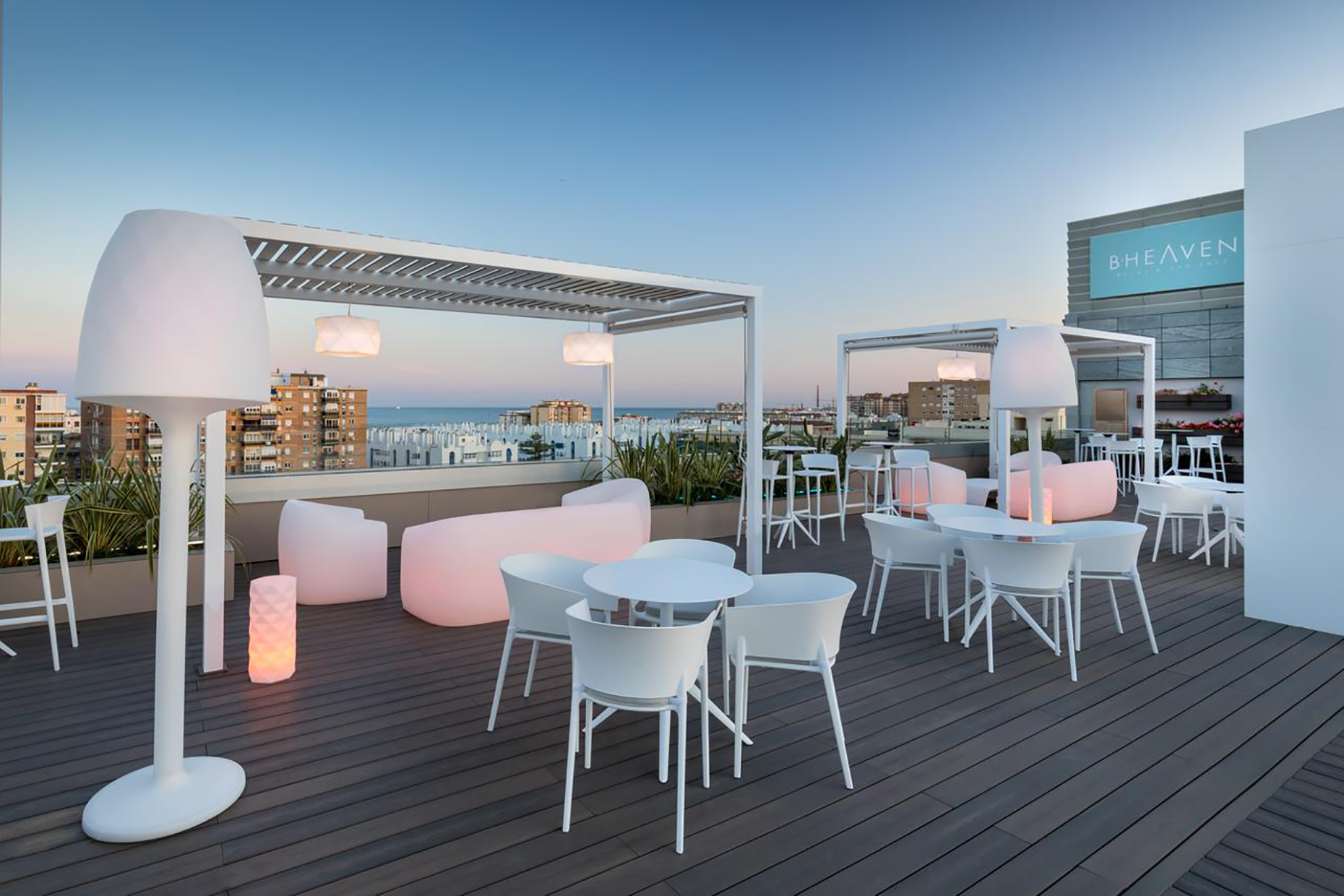 Barceló Málaga/booking.com
Barceló Málaga/booking.com
READ MORE: The best places for train lovers to spend the night
Explore: the historic old town. Málaga’s Moorish past lives on in the narrow streets, which unfurl in the Historico Centro. Take a stroll down Calle Granada to people-watch and enjoy an evening apéritif at the popular Casa Lola, or one of the small lively bars that run though this main artery.
Admire the views from: Málaga Cathedral. Between June and September you can take a tour of the rooftops for a panoramic view over the whole city and the misty blue mountains that lie to the north. Get a good look at the majestic solo bell tower that gives the cathedral its nickname of La Manquita (the one-armed woman) before ascending the 200 steps to its 50-metre pinnacle.
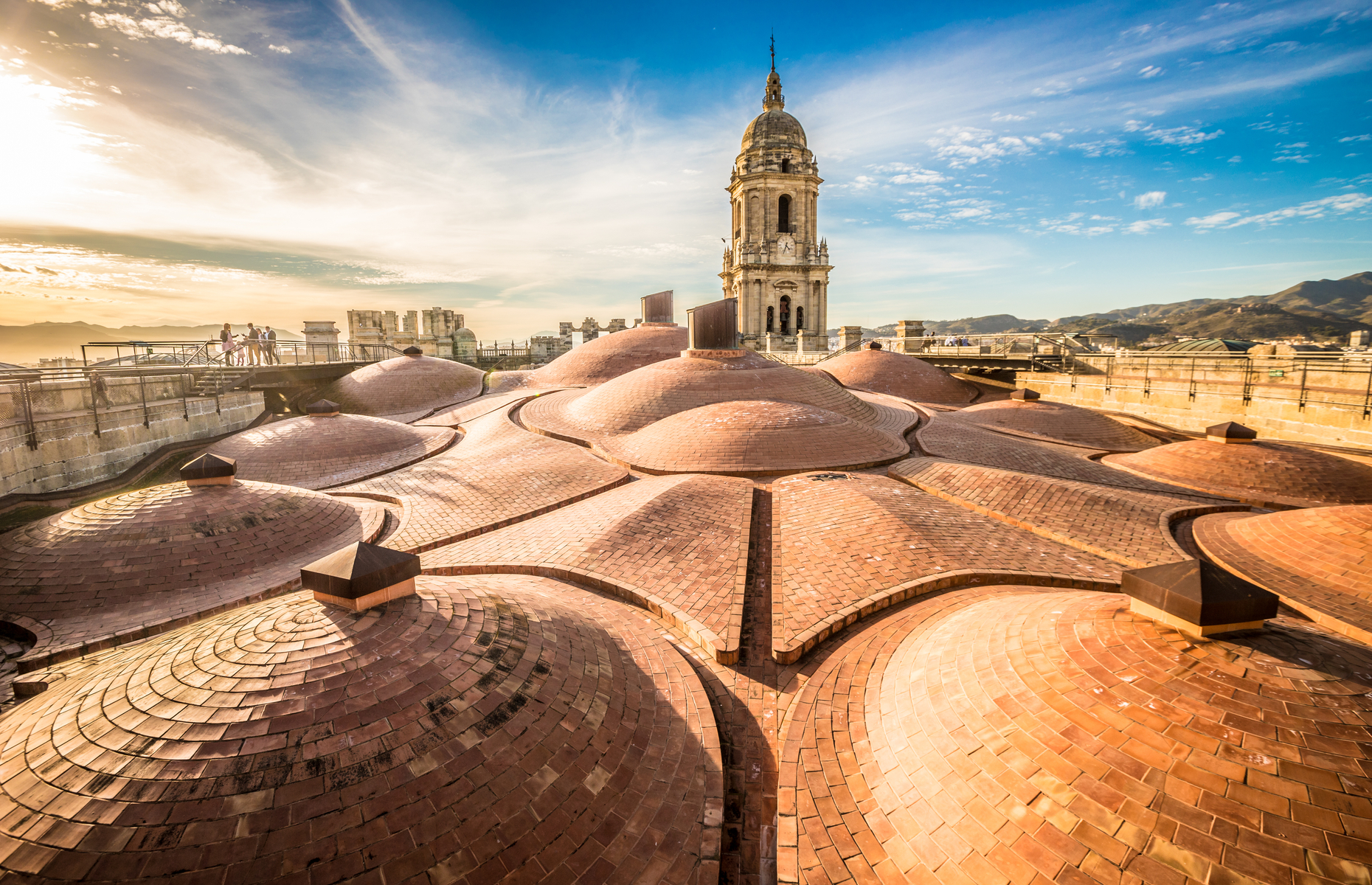 Pocholo Calapre/Shutterstock
Pocholo Calapre/Shutterstock
READ MORE: Cathedrals you need to visit once in your lifetime
Eat dinner at: Figón de Juan. It’s a bit out of the way and unassuming from the outside but the traditional, tiled interior and walls covered with still-life paintings are a slice of old-school Spanish hospitality. The menu celebrates authentic Andalucían cooking so go native with plates of the special ham, chorizo and cheese from the local area, croquetas and a spread of feather-light battered anchovies. The Iberian pork tenderloin with crispy fried potatoes and cod in tomatoes and red peppers are amazing, but anything cooked in this passionate family kitchen will delight you. Most importantly, you will not leave hungry!
Saturday
Tour: the city’s Moorish fortress. Málaga was once a jewel in the crown of Moorish Andalucía (which existed between the 8th-15th centuries) and is blessed with a vast Islamic-era fortification. The 11th-century Alcazaba complex starts in the centre of the old town and its walls wind up to a palatial residence, the Castillo de Gibralfaro, via scented gardens, heavenly fountain courtyards and enough fortified gates to please any Game of Thrones fan.
Restoration work began on the ruins of Alcazaba in 1933, but not much in the way of original architecture survives from the before the 14th century. Couple that with the fort’s yo-yoing between the hands of the Moors and the Catholics in medieval times, and its story becomes tricky to follow: history buffs would definitely benefit from a tour guide to point out hidden treasures along the way.
Even if you're not a history geek, simply enjoy the amazing views, beautiful original tiles and atmospheric turrets for just a couple of Euros. It’s a morning well spent.
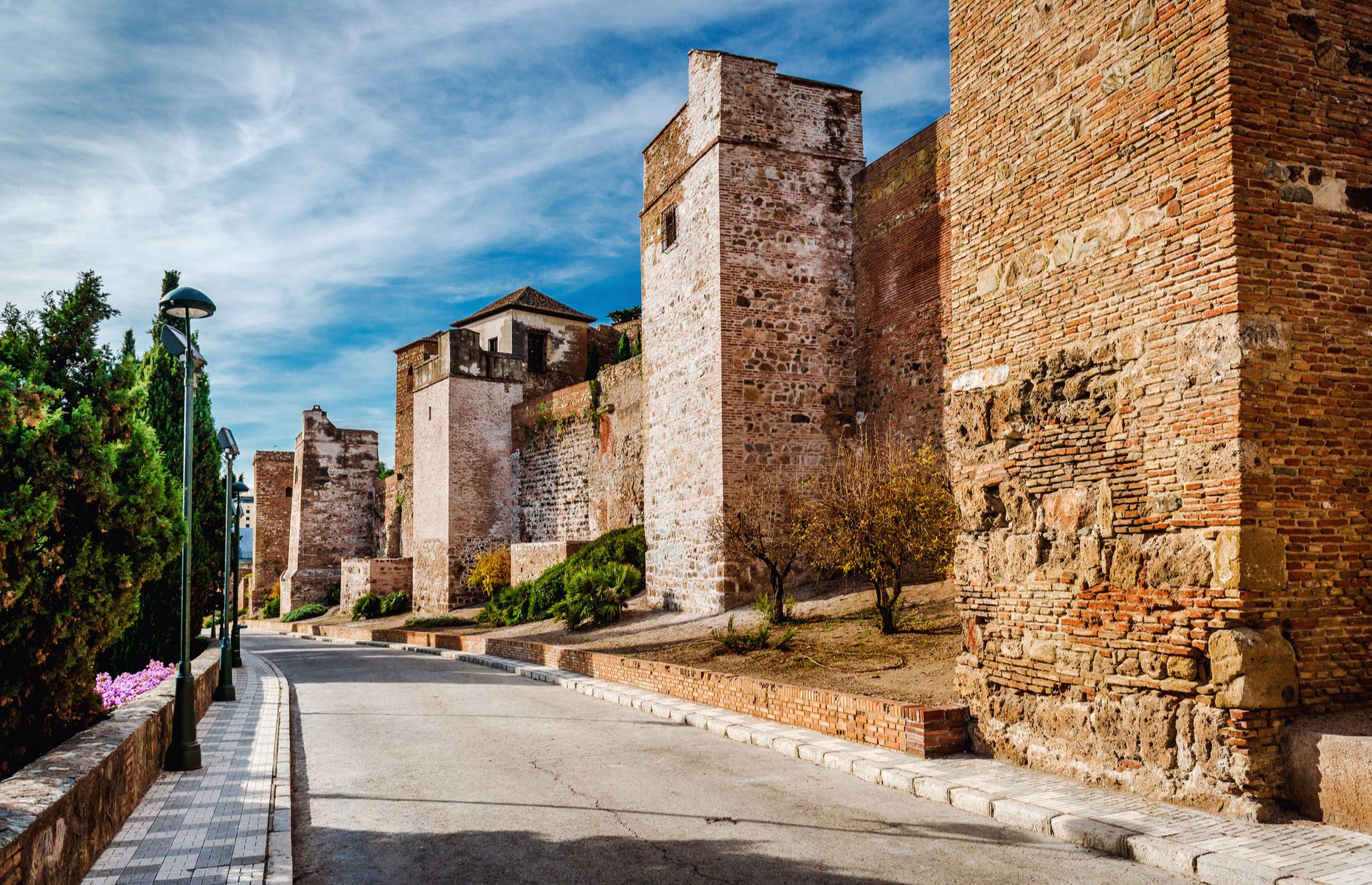 Alex Tihonovs/Shutterstock
Alex Tihonovs/Shutterstock
Eat lunch at: Uvedoble Taberna. This unassuming spot just across the street on Alcazabilla serves a first-class menu of modern tapas dishes that mix Málaga’s incredible local seafood with global cuisine.
Think black toasted noodles with little tender squids, smoked sardine focaccia and morsels of swordfish in browned butter. All best enjoyed with a glass of crisp Málagan white wine or a sweet local moscatel. It’s popular with locals, so book ahead or get there when it opens just after 12:30pm to snap up a sought-after al fresco table.
Marvel at: Museo de Málaga. Stay downstairs to do a manageable mooch around the two floors of exhibits spanning the history and artistic output of the city and Málaga province.
On the first floor, you’ll find a selection of Málagan fine art, from early religious altarpieces to a few Picassos alongside his worthy Surrealist contemporaries. A roller coaster of mind-blowing antiquities awaits on the second floor, including Stone Age artefacts, Greek and Roman marbles, Phoenician pottery and pristine mosaics. Top tip: don’t skip the so-called ‘storage room’ – it’s stuffed full of treasures, not buckets and brooms.
Relax and rest at: Playa de la Malagueta. It wouldn’t be a proper Spanish holiday without a dip in the sea and with this beach just metres from the city centre, it would be criminal not to spend a few hours blissing out.
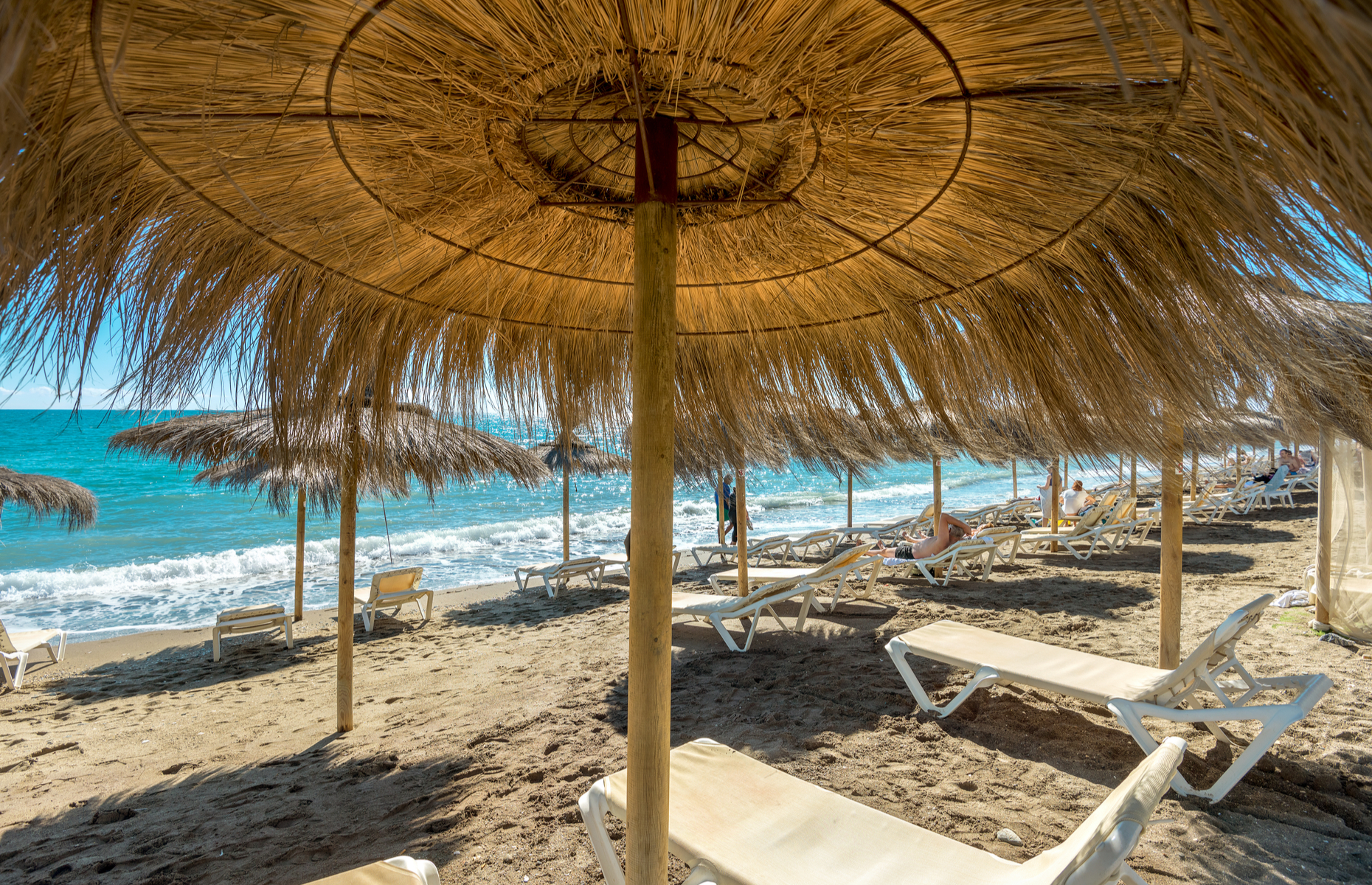 Valery Bareta/Shutterstock
Valery Bareta/Shutterstock
READ MORE: Soak up the sun at Europe's best beaches
This modest stretch of sand offers all the joys of a coastal resort without tonnes of tourists. Hire a sun lounger and a parasol, then kick back to the sound of the crashing waves.
Dine at: El Pimpi. One of Málaga’s best-loved restaurants has hosted many a famous face (including Señor Antonio Banderas) and it’s always brimming with locals and visitors dining on traditional tapas and fresh seafood.
Seasonal menus mean that what's on offer can change, but here's our hot take: order the adobo (a mix of fish marinated in vinegar and fried in batter), then plates of salty-sweet shavings of Iberian ham and unforgettable manchego cheese. And don’t forgo dessert – the local version of crème caramel is excellent and perfect with a glass of sweet moscatel.
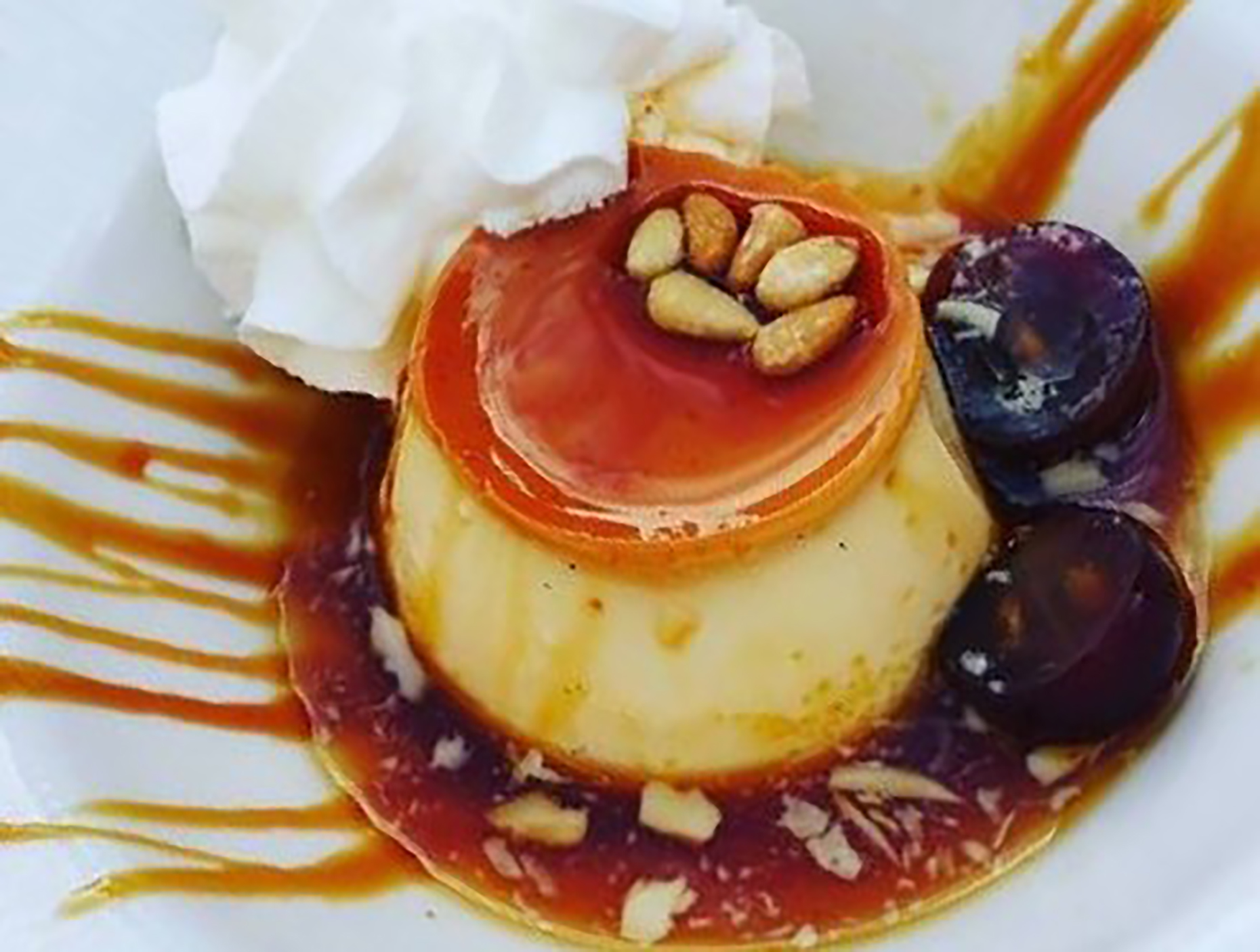 El Pimpi/Facebook
El Pimpi/Facebook
Sunday
Stroll: through the neighbourhood of Soho. Crossing a bridge over the dried bed of the river Guadalmedina, you’re treated to a street art tableau that unfolds like a comic strip along its concrete banks. International stars of the scene like D * Face, Obey and Dal East have transformed urban spaces with breathtaking murals alongside domestic practitioners Boa Mistura, Andi Rivas and Dadi Dreucol. A true departure from the centre of town, the city’s former red light district hasn’t lost all of its urban edge – and is much cooler for it. Walk along Calle Carretería and stop for an ice cream at the oldest parlour in town, Casa Mira, or get your caffeine fix and a cookie at El último mono (The Last Monkey).
Visit: Museo Picasso. A lifetime of work by Málaga’s most celebrated artist lies in what was the city's former art college. Formed from a donation by his daughter Maya, the collection includes his earliest paintings as a child prodigy, showing his genius as a portraitist and still life painter, before rooms of some of his lesser-known Cubist showpieces take your breath away. Look out for the stunning portraits of his lovers Dora Maar and Françoise Gilot, as well as one of his last works painted before his death in 1973.
Lunch at: Mercado Central de Atarazanas. Málaga’s main market – set in a wrought iron warehouse with decorative Moorish designs – offers dazzlingly fresh fish, meat and produce in three separate sections. Pick up some of the local raisins and irresistible salted almonds to take home before stopping for lunch at the frantic but fabulous restaurant that serves market produce on a jam-packed terrace.
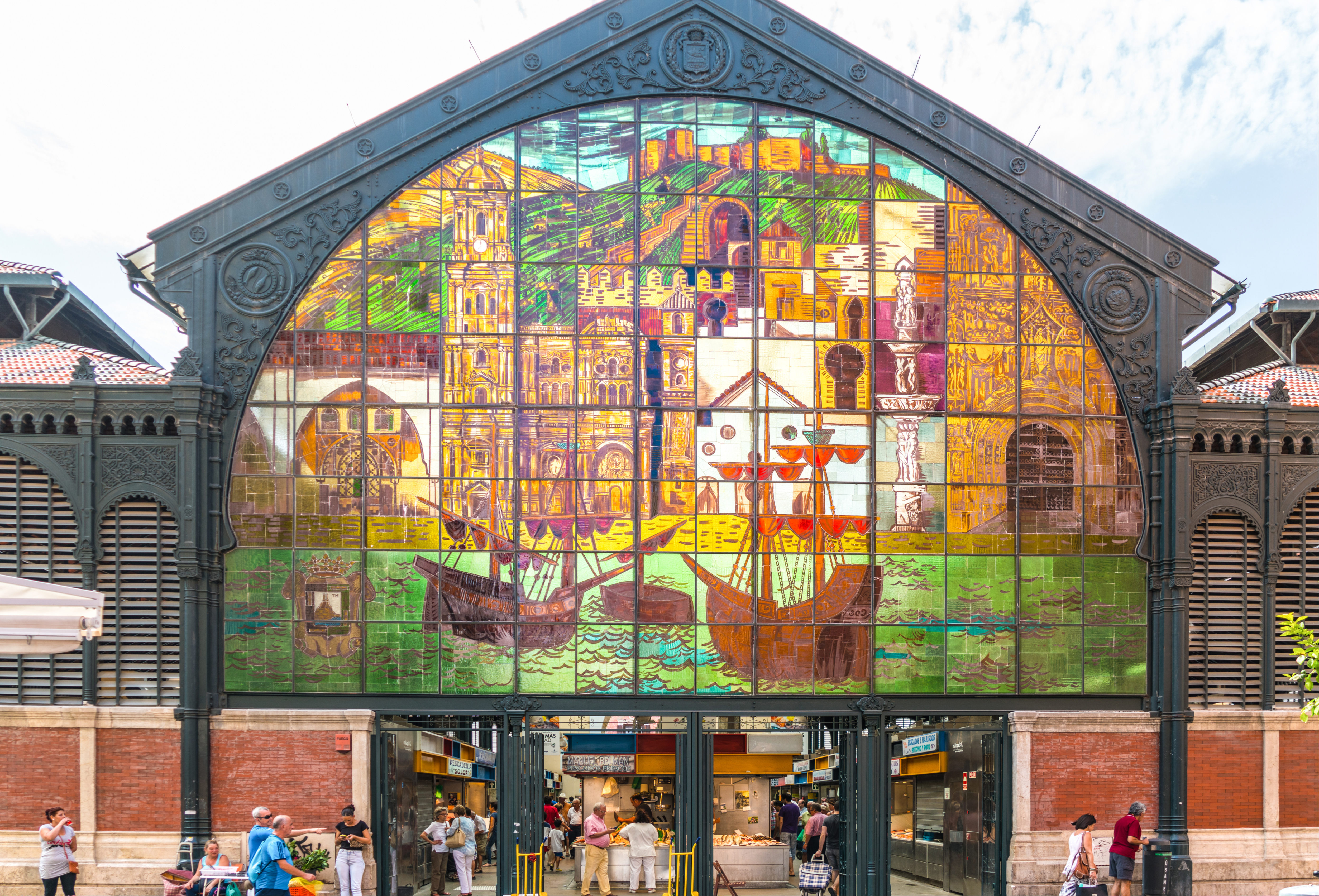 Ivo Antonie de Rooij/Shutterstock
Ivo Antonie de Rooij/Shutterstock
Shop 'til you drop at: the Calle Marqués de Larios thoroughfare and at shopping centre Muelle Uno. Browse the designer shops on the marble-lined high fashion highway that runs from Centro Historico to the port.
Have a sunny afternoon at: the new cultural quay that houses, cafés, shops and the rainbow glass cube that marks the Centre Pompidou Málaga art gallery. If there’s time, jump on a sightseeing boat around the bay.
READ MORE: These are the best cities to visit in Spain
Lead image: Vlada Zhi/Shutterstock
Comments
Do you want to comment on this article? You need to be signed in for this feature